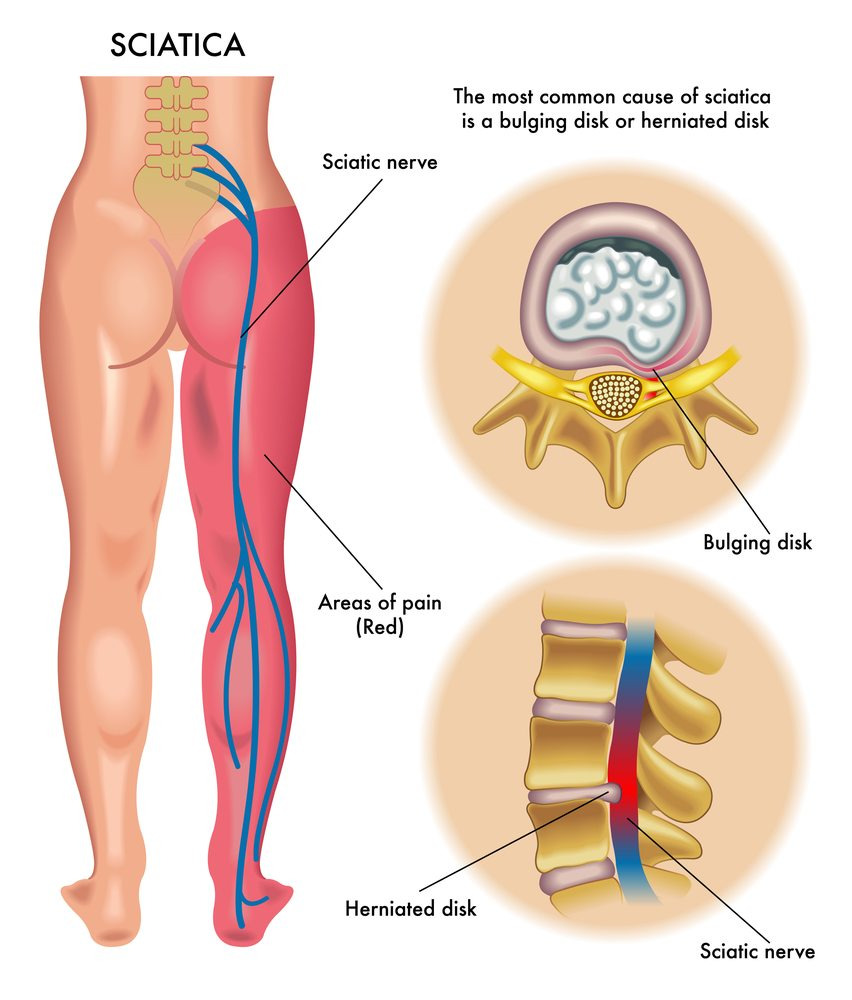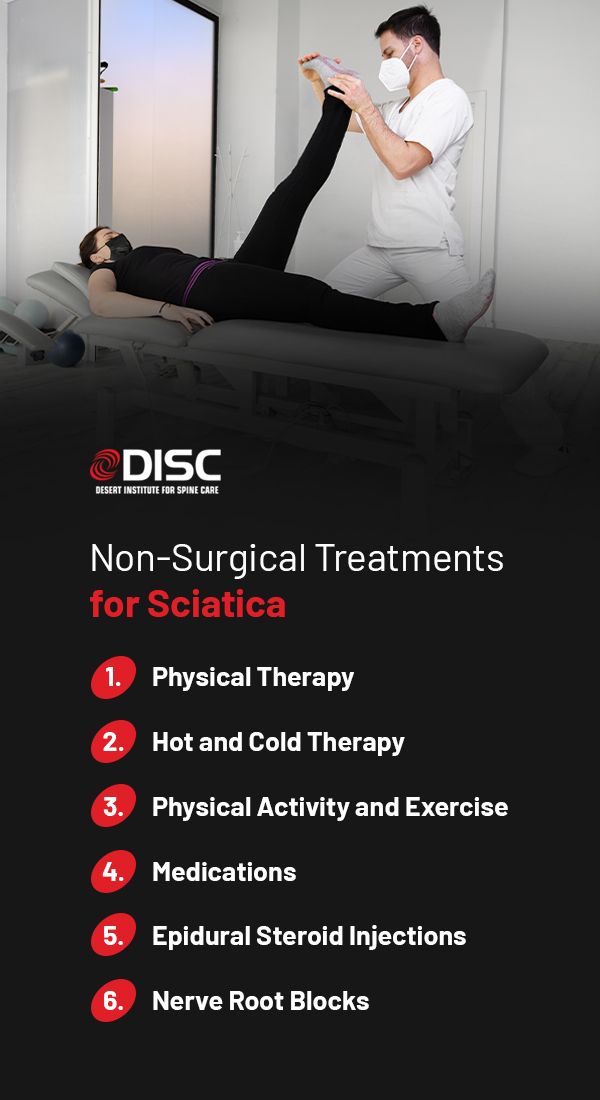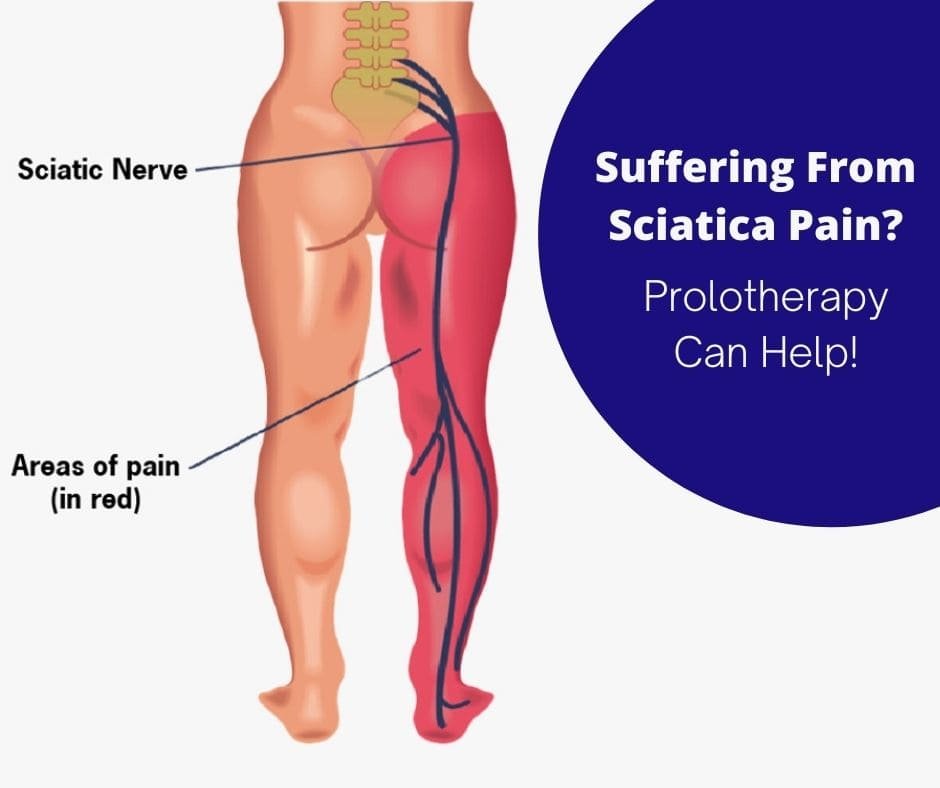We deliver to you every day from 7:00 to 23:00
The best discounts this week
Every week you can find the best discounts here.
How Do I Treat Sciatica Without Surgery?
Sciatica is a painful condition that affects millions of people worldwide. It occurs when the sciatic nerve, which runs from the lower back down to the legs, is irritated or compressed. The pain can be sharp, radiating, and debilitating. Fortunately, sciatica doesn’t always require surgery. There are numerous non-surgical treatments that can help alleviate the symptoms and improve your quality of life.
What Is Sciatica?
Sciatica refers to pain that radiates along the path of the sciatic nerve. This nerve is the longest in the body, running from the lower back, through the hips and buttocks, and down each leg. When something causes irritation or compression of the nerve, it can result in pain, numbness, or tingling sensations. The most common cause of sciatica is a herniated disk, but other conditions, such as spinal stenosis, spondylolisthesis, or muscle spasms, can also contribute.

Symptoms of Sciatica
Sciatica presents a range of symptoms that can vary from mild to severe. These include:
-
Sharp pain in the lower back or leg, often one-sided.
-
Numbness or tingling that radiates down the leg.
-
Weakness in the affected leg or foot.
-
Pain that worsens with prolonged sitting, standing, or sudden movement.
If you experience these symptoms, it’s important to see a doctor for an accurate diagnosis and treatment plan.
Non-Surgical Treatments for Sciatica
While surgery may be necessary in some extreme cases, most individuals can find relief through non-surgical treatments. Here are some effective methods:
1. Physical Therapy
Physical therapy is one of the most effective treatments for sciatica. A physical therapist will design a program that focuses on strengthening the muscles supporting your spine, improving your posture, and increasing flexibility. This can help reduce nerve compression and prevent future episodes of sciatica.
Some of the exercises commonly used in physical therapy include:
-
Core strengthening exercises
-
Hamstring stretches
-
Pelvic tilts
-
Lower back stretches
Regular therapy sessions can significantly improve mobility and reduce pain. Be sure to follow the prescribed exercises consistently for the best results.
2. Chiropractic Care
Chiropractors specialize in diagnosing and treating musculoskeletal disorders. They can perform spinal adjustments to realign the vertebrae and alleviate pressure on the sciatic nerve. These adjustments, along with exercises and stretches, can provide significant pain relief and improve overall spinal health.
Many people report finding relief from sciatica through chiropractic care. However, it’s essential to consult with your doctor before starting treatment, especially if you have other health concerns.
3. Anti-inflammatory Medications
Over-the-counter medications, such as NSAIDs (e.g., ibuprofen or naproxen), can help reduce inflammation and provide relief from sciatica pain. These medications are particularly useful in the early stages of sciatica flare-ups.
However, they should be used cautiously and for short periods, as long-term use of NSAIDs can lead to stomach irritation or other side effects. Always follow your doctor’s instructions when taking medication.
4. Heat and Cold Therapy
Heat and cold therapy can be very effective in managing sciatica pain. Applying an ice pack to the affected area for 15-20 minutes can help reduce inflammation and numb the pain. Cold therapy is most effective during the acute phase of sciatica (the first few days).
After the initial swelling has gone down, you can switch to heat therapy. Applying a warm compress or heating pad can increase blood flow, relax muscles, and ease stiffness. Alternating between heat and cold treatments can provide comprehensive relief.
5. Steroid Injections
If other treatments don’t provide sufficient relief, your doctor may recommend epidural steroid injections. These injections deliver corticosteroids directly into the area around the affected nerve roots. Steroids reduce inflammation and can help alleviate severe pain for weeks or even months.
However, steroid injections are not a permanent solution and should not be relied upon for long-term pain management. They are typically used in conjunction with physical therapy or other treatments.
6. Lifestyle Changes
Sometimes, making changes to your lifestyle can significantly reduce sciatica pain. Some of the lifestyle modifications that may help include:
-
Weight loss: Carrying excess weight can put pressure on your spine and worsen sciatica symptoms.
-
Improved posture: Sitting or standing with proper posture can reduce the strain on your lower back and sciatic nerve.
-
Exercise: Regular physical activity, especially low-impact exercises like walking or swimming, can strengthen your back and reduce the risk of sciatica flare-ups.
7. Yoga and Stretching
Yoga can be an excellent way to manage sciatica pain. Certain poses and stretches can relieve nerve compression, improve flexibility, and strengthen muscles. For example, poses such as Child’s Pose and Downward Dog can stretch and lengthen the back and legs.
Before starting a yoga routine, it’s important to consult with a healthcare professional to ensure you’re practicing safe and effective poses for your condition.

8. Acupuncture
Acupuncture is an alternative therapy that involves inserting thin needles into specific points on the body to stimulate healing. Studies suggest that acupuncture may help relieve sciatica by reducing inflammation, improving blood flow, and relaxing muscles. While more research is needed, many people with sciatica find acupuncture to be a beneficial treatment.
When Should You Consider Surgery?
Surgery is typically considered a last resort for sciatica and is only recommended when all other treatments have failed. If your pain is severe, persists for more than 6 weeks, or is accompanied by symptoms like loss of bowel or bladder control, surgery may be necessary.
Common surgical options include:
-
Discectomy: Removing part of a herniated disk that is pressing on the sciatic nerve.
-
Laminectomy: Removing part of the vertebra to relieve pressure on the nerve.
Key Takeaways
-
Physical therapy and chiropractic care are some of the most effective non-surgical treatments for sciatica.
-
Heat and cold therapy, anti-inflammatory medications, and lifestyle changes can also provide significant relief.
-
Steroid injections and acupuncture may be beneficial for certain individuals with severe pain.
-
Surgery should be considered only when all other treatment options have failed or when serious symptoms arise.
Frequently Asked Questions (FAQs)
Can sciatica heal without surgery?
Yes, most cases of sciatica can be treated without surgery. Non-surgical treatments like physical therapy, medications, and lifestyle changes are effective for many individuals.
How long does sciatica last?
The duration of sciatica varies. Acute cases may improve within a few weeks, while chronic cases can last longer. Early intervention and consistent treatment can help reduce the duration and severity of symptoms.
Is acupuncture effective for sciatica?
Some people find acupuncture to be effective in managing sciatica pain by reducing inflammation and improving blood flow. However, it’s essential to consult with a healthcare professional before starting acupuncture.
Can weight loss help with sciatica?
Yes, losing weight can reduce pressure on the lower back and spine, potentially alleviating sciatica symptoms.
Conclusion
Sciatica can be a challenging condition to deal with, but surgery isn’t always necessary. Many individuals find relief through non-surgical treatments like physical therapy, chiropractic care, medications, and lifestyle changes. If you’re dealing with sciatica, speak with a healthcare provider to develop a personalized treatment plan that can help you manage the pain effectively without the need for surgery.

For those interested in streamlining their business activities, DUYTHIN.DIGITAL offers a range of automation tools to enhance your workflow. Whether you need assistance with Facebook, Zalo, Telegram, or Google SEO, we provide innovative solutions that simplify tasks and improve efficiency.











